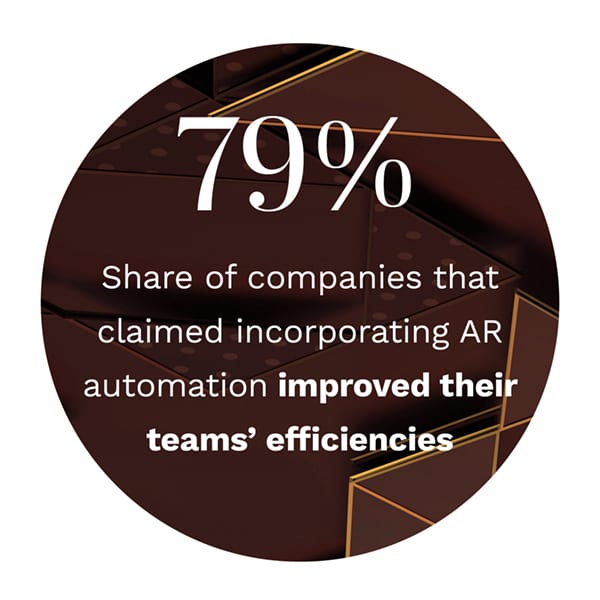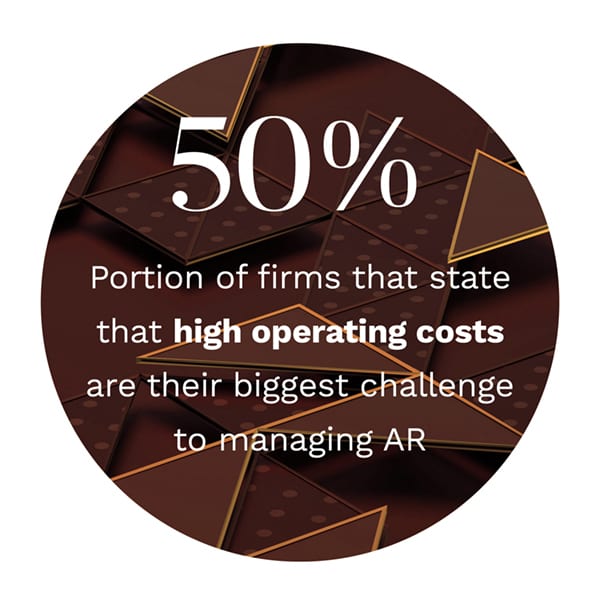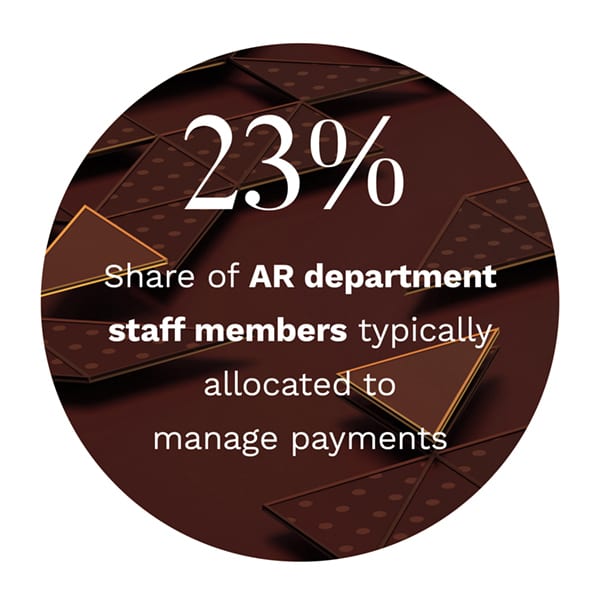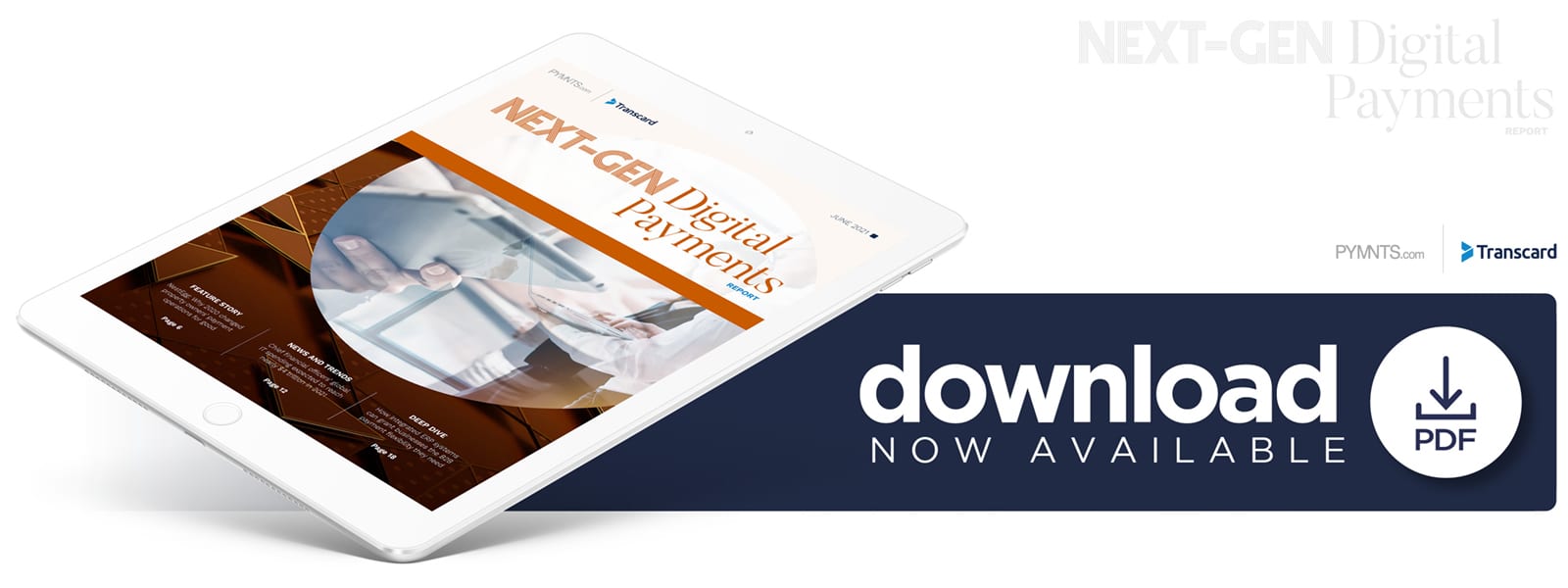Smaller Landlords Tap ERP Tech To Solve Payments, Process Frictions

Flexibly managing their B2B payments in a way that keeps their clients satisfied as well as their own cash flow moving has become more of a challenge for businesses in a world rapidly becoming more digital.
Companies have begun migrating their previously manual accounts payable (AP) and accounts receivable (AR) processes online as a first step, but meeting their own shifting needs as well as those of their clients and industry partners requires a shift in their typical strategies.
Companies supporting multiple payment types for their B2B payments — including paper checks, automated cle aring house (ACH) payments or virtual cards — must shift away from managing these diverse types through separate systems to ensure these processes are seamless. Smoothing out this fragmentation is becoming key for companies, with businesses increasingly citing long wait times to receive payments as their most critical pain point. Twenty-four percent of businesses in the education, technology and travel spaces noted these wait times made their overall payment processes less efficient, for example.
aring house (ACH) payments or virtual cards — must shift away from managing these diverse types through separate systems to ensure these processes are seamless. Smoothing out this fragmentation is becoming key for companies, with businesses increasingly citing long wait times to receive payments as their most critical pain point. Twenty-four percent of businesses in the education, technology and travel spaces noted these wait times made their overall payment processes less efficient, for example.
In the latest Next-Gen Digital Payments Report, PYMNTS analyzes how solutions such as enterprise resource planning (ERP) systems can be paired with payments to ease such fragmentation and speed up both AR and AP processes for businesses. It also examines what other tools and technologies can aid businesses as they look to take the next step forward in their B2B digitization journeys.
Around The Digital Payments Space
Companies are analyzing how moving to ERP systems can help them to manage payments and other operations with more ease as many of them look to combine previously siloed applications and systems. Ninety-four percent of firms are planning to transition away from their legacy systems to composable ERP strategies, for example. These include core ERP systems that enable companies to adopt new technologies or features with increased flexibility, in turn allowing them to tweak their client-facing offerings and payment processes with more seamlessness. Doing so is becoming more important to firms as client expectations surrounding payments continue to shift, as is tying together their previously isolated payment systems.
Many executives are also examining how pairing emerging technologies, such as the cloud, with their ERP systems could benefit their organizations. One report predicted the cloud ERP market would grow at a compound annual growth rate (CAGR) of 10 percent in the next four years, with Europe and North America largely leading this expansion. Certain industries are also adopting cloud-based ERP systems more swiftly than others, with 21 percent of manufacturing firms claiming they are already using such solutions, for example. Only 16 percent of financial service providers noted the same. Keeping a close eye on the development of this market and its potential benefits should therefore be a top priority for chief financial officers given this expected growth.
Automation is another tec hnology that is becoming more intriguing as B2B payment needs change. Nearly 90 percent of executives in one survey cited the lack of automation alongside errors from employees conducting manual processes as their two main challenges to running swift, seamless financial processes, for example. Organizations that do not have automation or other emerging technologies incorporated into their AR and AP processes are also reporting that they face more difficulties than companies that have made such changes. Seventy percent of companies at the start of their digital transformation journeys claim they are facing more challenges than organizations further along in their digitization initiatives, for example. This should make figuring out how to incorporate automation or similar technologies swiftly a key goal for executives.
hnology that is becoming more intriguing as B2B payment needs change. Nearly 90 percent of executives in one survey cited the lack of automation alongside errors from employees conducting manual processes as their two main challenges to running swift, seamless financial processes, for example. Organizations that do not have automation or other emerging technologies incorporated into their AR and AP processes are also reporting that they face more difficulties than companies that have made such changes. Seventy percent of companies at the start of their digital transformation journeys claim they are facing more challenges than organizations further along in their digitization initiatives, for example. This should make figuring out how to incorporate automation or similar technologies swiftly a key goal for executives.
For more on these and other stories, visit the Report’s News & Trends
How 2020 Changed The Property Management Payment Space
The real estate industry was among those affected significantly by the global health crisis, with property management players and landlords needing to adjust the way they collect rent and pay expenses to fit a virtual world. It is essential for such players to be able to track both incoming and outgoing payments with more transparency, especially as the use of manual, paper-based processes inside of this industry is abandoned in favor of speedier digital channels.
Creating more payment flexibility is key for all industry players, explained Eachan Fletcher, CEO and co-founder of rental property management app NestEgg.
To learn more about how 2020 changed the property management payment space, visit the Report’s Feature Story.
Deep Dive: Why Integrated ERP Systems Are Key To Smoothing Fragmented B2B Payme nts Processes
nts Processes
The abrupt shift to remote working operations for many businesses over the past year has exposed frictions inside of the processes and methods they have been using to conduct their B2B payments for decades. Many businesses support multiple payment options for such payments, which has historically meant they are also using different systems for each method — systems which are often inoperable with one another, for example. This can increase costs and the time it takes to finalize both incoming and outgoing payments, something that is no longer acceptable now that swifter, digital-first payments are becoming the norm.
To learn more about how pairing payments with ERP systems may be key to smoothing out B2B payment fragmentation, visit the Report’s Deep Dive.
About The Report
The Next-Gen Digital Payments Report, a PYMNTS and Transcard collaboration, explores how businesses and consumers are turning to embedded payment options, including buy buttons, to access seamless digital purchasing experiences as they transact around the globe.
